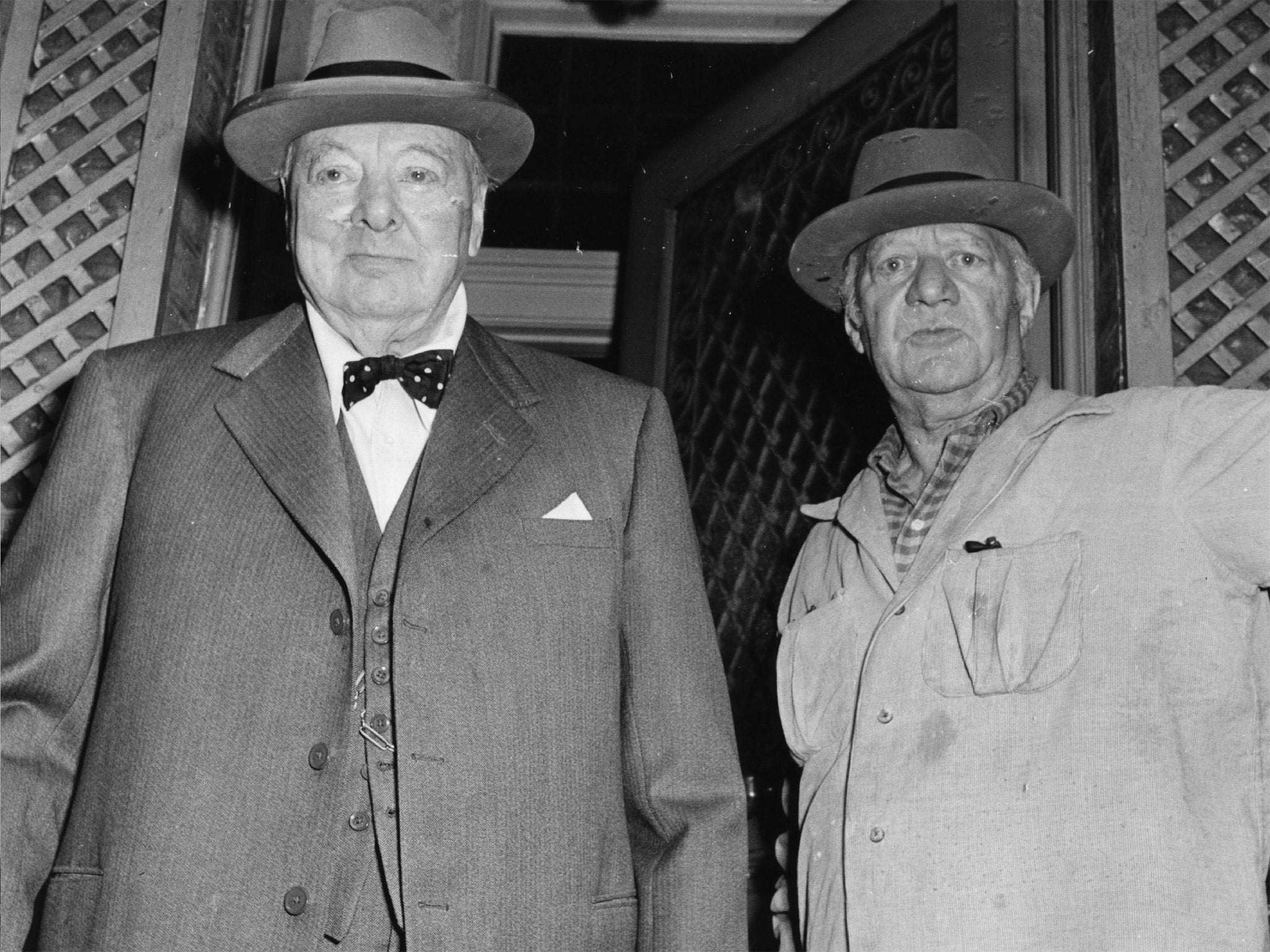Jacob Epstein: Letter shows sculptor’s disdain for Churchill’s art
Tate Archive’s new online project reveals how Epstein saw the former PM as an ‘amateur’

Your support helps us to tell the story
From reproductive rights to climate change to Big Tech, The Independent is on the ground when the story is developing. Whether it's investigating the financials of Elon Musk's pro-Trump PAC or producing our latest documentary, 'The A Word', which shines a light on the American women fighting for reproductive rights, we know how important it is to parse out the facts from the messaging.
At such a critical moment in US history, we need reporters on the ground. Your donation allows us to keep sending journalists to speak to both sides of the story.
The Independent is trusted by Americans across the entire political spectrum. And unlike many other quality news outlets, we choose not to lock Americans out of our reporting and analysis with paywalls. We believe quality journalism should be available to everyone, paid for by those who can afford it.
Your support makes all the difference.The acclaimed sculptor Sir Jacob Epstein criticised Sir Winston Churchill as an “amateur” artist despite the former Prime Minister being made a Royal Academician, private correspondence published online for the first time has revealed.
Epstein wrote to his daughter Peggy Jean Lewis in 1948, saying: “Churchill has been made an RA and has three pictures in the Academy on the line confirming what we always have thought that the amateur is supreme here in every walk of life.”
The letter is one of 6,000 items yesterday published online by Tate, with material including sketchbooks, diaries and photographs from its archive, giving a new insight into some of the major figures in 20th century British art.
Epstein sculpted busts of Churchill in 1946 and the pair lived opposite each other in London’s Hyde Park Gate.
They have been described as friends – although given Epstein’s private comments and Churchill’s complaints about the sculptor’s loud music, their relationship may have been more volatile, according to Tate.
Adrian Glew, head of Tate Archive, said: “An artist living next to a politician may not have been the easiest relationship. Also as they were both artists maybe there was some rivalry there.”
He continued: “The letters give a nice insight into their lives; these may have been private comments that Epstein would never say to Churchill’s face.”
Epstein had other complaints. Writing to Peggy Jean that he lived in “the noisiest street in London,” he called his neighbours “uproarious characters”.
The newly digitised materials run from intimate love letters from war artist Paul Nash to his wife, unpublished images of Scottish sculptor Eduardo Paolozzi, and 45 volumes of Barbara Hepworth’s sculpture records and correspondence.
The Tate Archive is the largest catalogue of British art in the world and yesterday’s launch marked the first stage of a project which has been aided by a Heritage Lottery Fund grant of £2m. Archives related to a further 37 artists, including Eileen Agar and Kurt Schwitters, will be published next summer.
The material on Epstein includes a series of letters written in his sprawling handwriting, as well as unpublished photographs of him working on his sculpture Adam, which was completed in 1939. Also digitised for the first time are family photographs of the artist with his young children.
The American-born British sculptor, who died in 1959 at the age of 79, influenced artists including Henry Moore and Hepworth.
Among the other letters, artist William Nicholson teases his son Ben: “I am really concerned that you can’t even draw a toothpick.”
Over 100 letters written by German painter Walter Sickert to Ethel Sands, an artist and society hostess, have also been published, which include his tips on painting technique.
He also talked of his time in France, saying: “O the whiff of leather & stout from the [swing doors] of the pubs!”
They also include Paul Nash’s letters to his wife Margaret, which detail their early life together and his service as a soldier during the First World War. In one he describes his wife as “so snooky & snoozly & sweet & fragrant”. The archives also include over 1,000 of Nash’s photographs.
Join our commenting forum
Join thought-provoking conversations, follow other Independent readers and see their replies
Comments